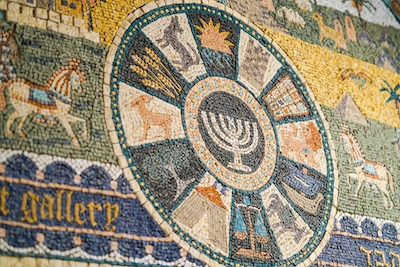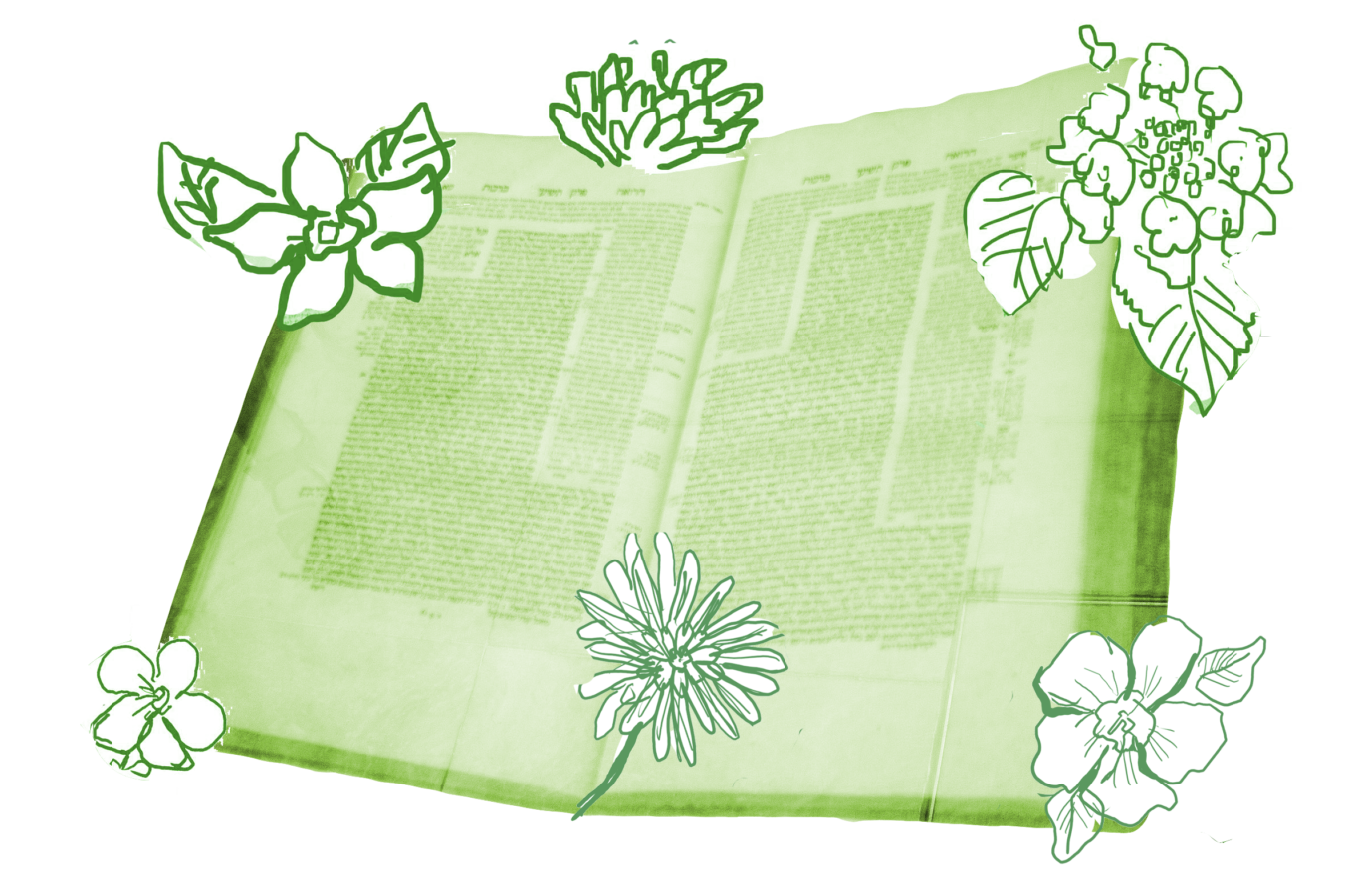Almost all of today’s daf is devoted to a series of reminiscences about the Temple.
It begins with a discussion of all the amazing things that happened there — or didn’t. There is significant dispute about exactly how many miracles occurred in the Temple, but some of the items suggested for the list of wonders include: the sanctified meat that never spoiled, the slaughterhouse that never attracted a fly, the altar fire that was never extinguished even by rain, and the fire smoke that was unmoved by wind.
Nostalgic representations of the Temple run throughout the Mishnah and are an important part of how the rabbis of the Talmud portrayed their own role as both a link and a discontinuity between the biblical past and the Jewish future. On the one hand, the rabbis express longing for and connection to the Temple as a way of cementing their own legitimacy as bearers of its continuing tradition. On the other, they express the idea that the priests and Temple rituals were flawed, or at least inferior to the rabbis’ own ways of doing things.
That sort of duality is reflected in a passage later in the daf in which the rabbis expand on the earlier mention of the Temple fire in a way that places it in the context of a larger cosmology.

Help us keep Jewish knowledge accessible to millions of people around the world.
Your donation to My Jewish Learning fuels endless journeys of Jewish discovery. With your help, My Jewish Learning can continue to provide nonstop opportunities for learning, connection and growth.
The sages taught: There are six kinds of fire. There is the one that eats and does not drink, the one that drinks and does not eat, the one that both drinks and eats, the one that eats wet things just like dry things, the fire that repels fire, and the fire that eats fire.
The Gemara goes on to explain each of these. Fire that eats and does not drink — that’s our normal fire. The one that drinks but does not eat — that’s the fire of illness, or fever. The fire that both eats and drinks is the fire of Elijah, a claim based on a verse in 1 Kings 18:38, which reads: “And fire fell from the sky and consumed the offering and the wood and the stones and the earth, and it licked up the water that was in the trench.” The one that eats wet things just like dry things is the fire on the Temple altar. And the fire that repels fire is the fire of the angel Gabriel. As Rashi explains, this refers to the episode in the Book of Daniel, when the angel Gabriel saved Hananiah, Misha’el and Azariah from the fiery furnace.
In this list, the fire of the Temple is just one of several types of fire. Some of these are biblical fires that have miraculous properties, but some are regular fires that we still encounter today. In situating the Temple fire among these other kinds, the rabbis situate it in the context of both holy and mundane occurrences, from the fire of God to the “fire” of a human fever. The Temple may have been miraculous in it’s time, the rabbis imply, but no more so than the workings of our immune system or the light of our Shabbat candles.
Read all of Yoma 21 on Sefaria.
This piece originally appeared in a My Jewish Learning Daf Yomi email newsletter sent on May 2nd, 2021. If you are interested in receiving the newsletter, sign up here.



